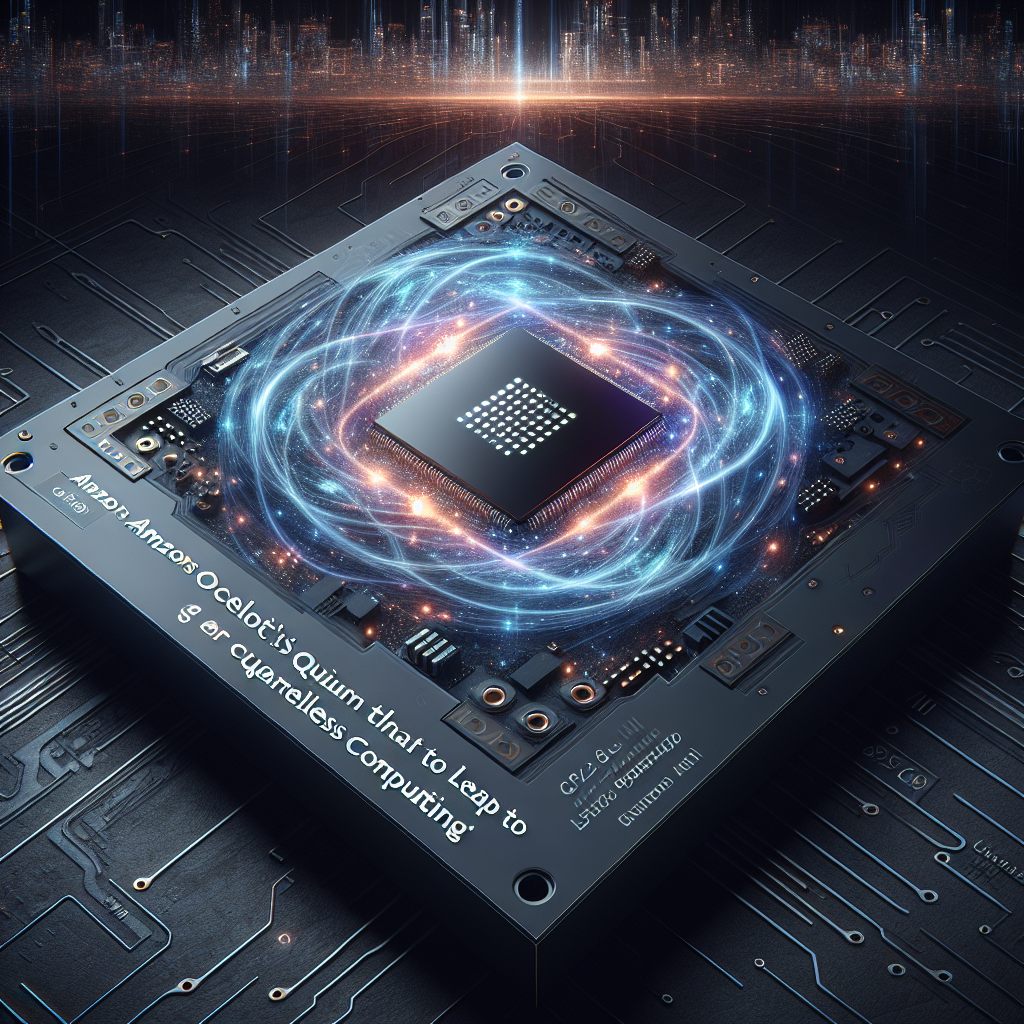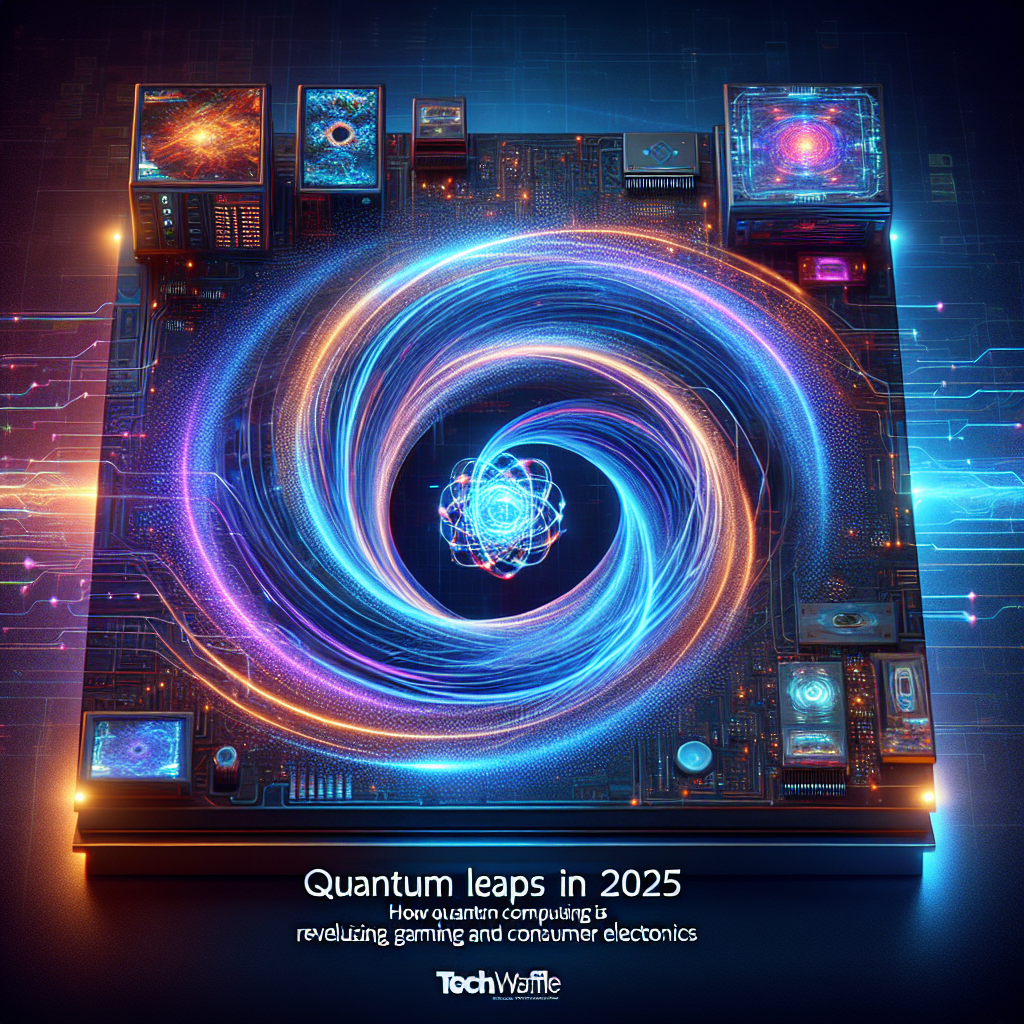Navigating the Computing Frontier: Top Trends Shaping 2025
Posted on May 20, 2025

In 2025, computing trends focus on sustainability through energy-efficient architectures, practical quantum computing applications, hybrid computing systems enhancing AI and automation, and the rise of spatial computing for immersive experiences. AI continues to accelerate innovation across these domains. Despite challenges in complexity and cost, these trends signal a transformative phase in computing, blending performance with environmental responsibility and new modes of user interaction.
As we move deeper into 2025, the computing landscape is evolving rapidly, driven by breakthroughs that transform both technology and society. Among the most prominent trends are energy-efficient computing, quantum computing advancements, hybrid computing architectures, and spatial computing, each bringing unique innovations and challenges.
Energy-efficient computing has become a strategic imperative as sustainability moves to the forefront. Companies are focusing on designing more efficient hardware, optimizing software algorithms, and leveraging renewable energy sources to power data centers. This push addresses the urgent demand to reduce carbon footprints while balancing the rising costs and complexities of migrating to greener infrastructures. The interplay between efficiency and performance is forcing a rethink in system architectures and development practices, promising more sustainable yet powerful computing environments[1].
Quantum computing continues to progress from theoretical promise to practical utility. Recent efforts emphasize specialized hardware and software tailored for specific commercial use cases rather than universal quantum machines. Financial services are leading adopters, exploring quantum approaches for cryptography, risk analysis, and portfolio optimization. Scientific fields like drug discovery and material science benefit from quantum simulations that classical computers cannot efficiently perform. Furthermore, growing experimentation with logical and physical qubits, networking noisy intermediate-scale quantum devices, and enhancing quantum software stacks signal quantum computing's readiness to integrate with classical systems and enterprise workflows[4][5][3].
Hybrid computing, combining various compute, storage, and networking resources, unlocks new potentials for AI and autonomous systems. This approach enables highly efficient, high-speed environments facilitating advanced AI that transcends current capabilities, real-time personalized experiences, and even integration of human biological signals into computing platforms. However, this complexity requires specialized skills, sophisticated orchestration, and heightened attention to security risks due to autonomous and modular system designs[1].
Spatial computing is gaining momentum as augmented reality (AR) and virtual reality (VR) technologies mature, creating immersive digital-physical integrations. This trend is reshaping domains from entertainment and retail to industrial design and healthcare by enabling more interactive, context-aware experiences.
Finally, AI remains a linchpin across these trends. From generative AI accelerating creative workflows to edge AI facilitating low-latency, real-time decision-making on IoT devices, AI amplifies computing power and broadens its application spectrum across industries such as finance, healthcare, retail, and education[5].
Collectively, these trends illustrate a computing era centered on sustainability, innovation, and immersive interactivity, all while grappling with the complexities of adoption, security, and skill development. The coming years will witness a transformative synergy between classical and quantum systems, human-augmented computing, and a relentless drive toward energy-conscious technologies.


